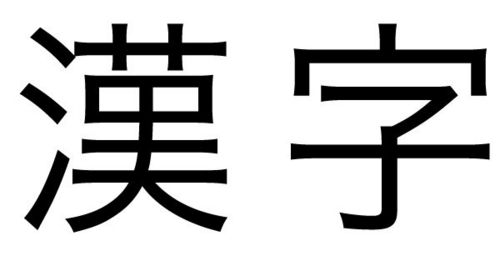The Japanese writing system can seem quite difficult at first glance to the English speaker. When you start learning the Japanese writing system, you are first told that Japanese writing consists of 3 distinct different character sets, one for Japanese words, one of borrowed foreign words and another to save space on the page, and illustrate more complicated concepts. The former of these two has 46 characters each, for a total of 92. That’s way more than the 26 letters in the English alphabet, it gets a little bit better when you realise that English also has capital letters, doubling it to 52, but that’s still less than Japanese. And then there’s The complicated Japanese letters borrowed from China where there are several thousand unique characters.
The Japanese Writing System Scripts
Hiragana

Hiragana are used with kanji to write ordinary Japanese words. There are 46 hiragana characters and they are rounded in appearance when compared to katakana, or kanji.
Katakana

katakana are used mainly to write words borrowed form other languages like English. An example might be ‘Australia’ or a foreign name like ‘Duncan’. Katakana is also used to show sounds such as what a dogs makes, or grunting when you stub your toe.
Kanji

kanji is what most people associate Asian languages with, the hugely complicated little boxes of writing that represent a word all within a single character. Kanji is the Japanese word for characters that have been borrowed from Chinese several thousand years ago. kanji are the result of an evolution of drawing a picture of something changing over time to create what we have today as demonstrated below.

Romaji
Finally, romaji is Japanese writing written using the English alphabet. Romaji is often used in beginner’s Japanese classes to better represent the sounds that Japanese writing are making.

